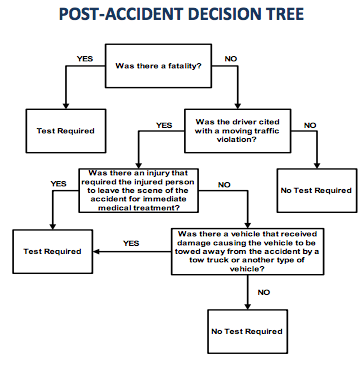Loved ones of those struggling with drug addiction have a new tool to fight drug overdoses. The Food and Drug Administration this spring gave marketing approval to a new medical device that injects a different drug to counteract the effects of heroin and other opioids. The approval would give family members the ability to act quickly to save a life – even before medical help arrives.
When drug addicts overdose on heroin or prescription opioids, their heart rate and breathing can slow or even stop, causing death. While the addict experiences a euphoric effect, the drug is binding to receptors in the brain that control functions such as breathing. Many addicts die because they’ve stopped breathing. A different drug, Naloxone, can counteract opioids’ effects by blocking opioids from connecting to receptors in the brain. But historically, Naloxone has been administered by paramedics at the scene or by doctors in a hospital emergency room. When an addict overdoses, time can mean the difference between life or death. An injection given by a family member or friend who finds the addict can start the medical treatment right away. “When Naloxone works, the results can be dramatic: Comatose patients can wake up in minutes,” Dr. David Throckmorton, deputy director for regulatory programs in the FDA’s Center for Drug Evaluation and Re search wrote in a blog post following the agency’s approval of the device.
The new medical device, called Evzio, was developed by Richmond, Va. company kaleo Pharma. Evzio works more quickly and simply than standard syringes. The pre-filled device is the first of its kind for administering Naloxone, though it is comparable to an Epi-Pen, a different auto-injector that people can use to quickly administer epinephrine in the event of a severe allergic reaction. In order to deliver a Naloxone injection to an addict, the caregiver would simply need to hold the cell phone-sized device to the addict’s thigh. It even works over clothing.
The Drug Policy Alliance, a group that advocates on drug policy, reports that heroin deaths account for more than 26,000 U.S. deaths a year and the trend is rising. The group welcomed the device as an additional tool for administering Naloxone, also called Narcan. But the group said other delivery methods may be more affordable. The Drug Policy Alliance also cautioned that addicts who receive Evzio injections would still need professional medical attention and family members should call 911.
Evzio received FDA marketing approval in April – more than two months ahead of the expected approval decision date thanks to an accelerated approval process for products that fulfill unmet medical needs. Kaleo has not yet disclosed its timeline for launching sales of the device, which would be available by prescription. For more information on drug addiction issues contact us.

